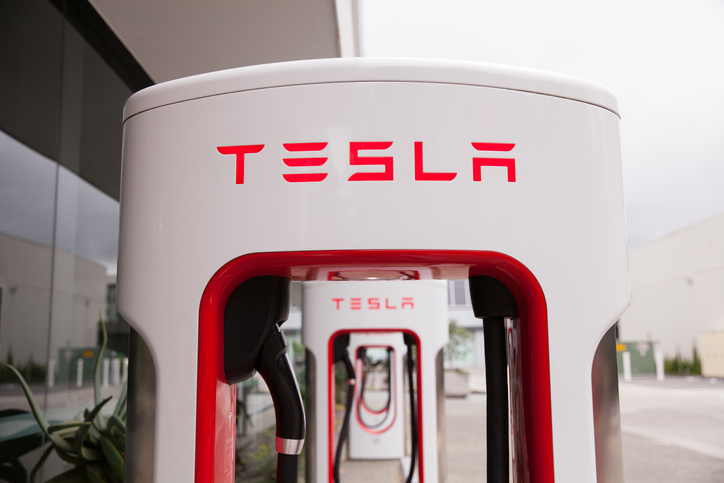In mid-2017, Tesla began ramping up production of their Model 3, an electric sedan with an economical price point of $35,000 to reach a broader customer base. In July, CEO Elon Musk predicted that his factories would be producing more than 20,000 vehicles per month by the end of the calendar year. As the calendar has turned to 2018, the company can only boast a little more than 2,000 Model 3s in the last quarter. While Tesla experienced a huge increase in overall vehicle production throughout 2017, the lag in Model 3 production raises a few concerns about Tesla’s isolated production chain.
Many of the Model 3 setbacks can be attributed to manufacturing issues at the company’s battery plant. While the proprietary technology in Tesla’s batteries makes it understandable to house all production in one facility, doing so can easily hamstring the company unless they have a backup plan for future production issues. There are also reports of their California vehicle plant experiencing some welding and assembly setbacks. Unsurprisingly, the company is seeing production bottlenecks as a result and falling well short of the goal of 5,000 cars per week.
The delays have investors worried about waning customer interest if new vehicles can’t hit the market quickly enough, as well as the associated cash burn of the company’s other investments like solar power and new vehicle models. It could be expected that Tesla’s plans (new vehicle design, more factories) will have to be pushed back more than a year or more to account for the Model 3 delays and the associated cash flow it will miss.
These setbacks don’t paint a doom and gloom scenario for Tesla, however. As 2017 wound down, the company was meeting respectable goals of approximately 1,000 Model 3s per week. As with any company, the bottlenecks have given Tesla new opportunities to streamline their processes and improve systems. The company is also placing more R&D towards Model 3 features to encourage new potential buyers. A trip planner website lets drivers map out an entire road trip, with the software letting the driver know where and when they’d need to stop to recharge and how much they’d save on gasoline. Lastly, the company still has plenty of investment backers who believe in its potential and their inevitable rebound.
Tesla is experiencing some growing pains, but a new year is a chance to turn a new leaf and improve its operations to get more vehicles in the hands of eager buyers. What do you think is next for Tesla after this production roadblock? Share with us in the comments below.
